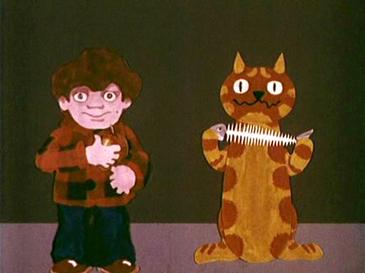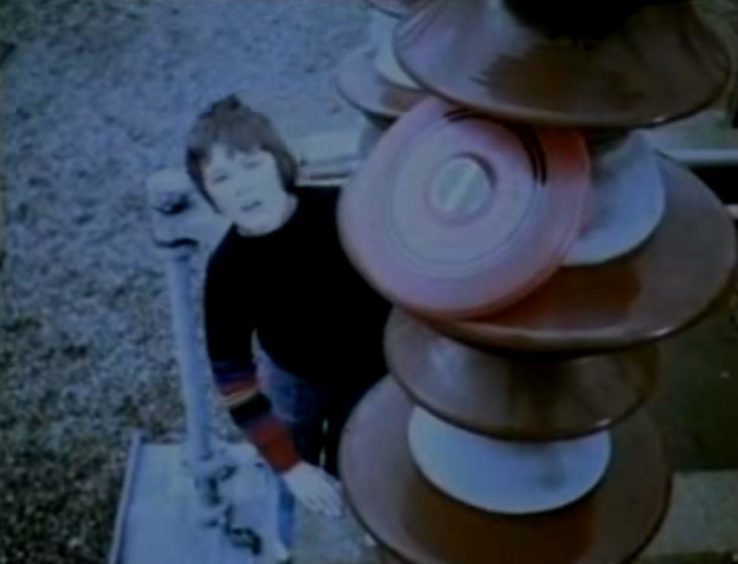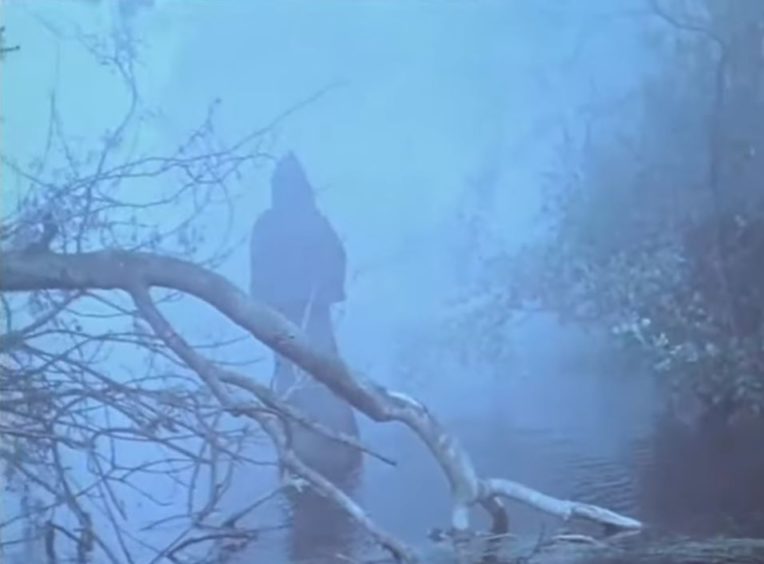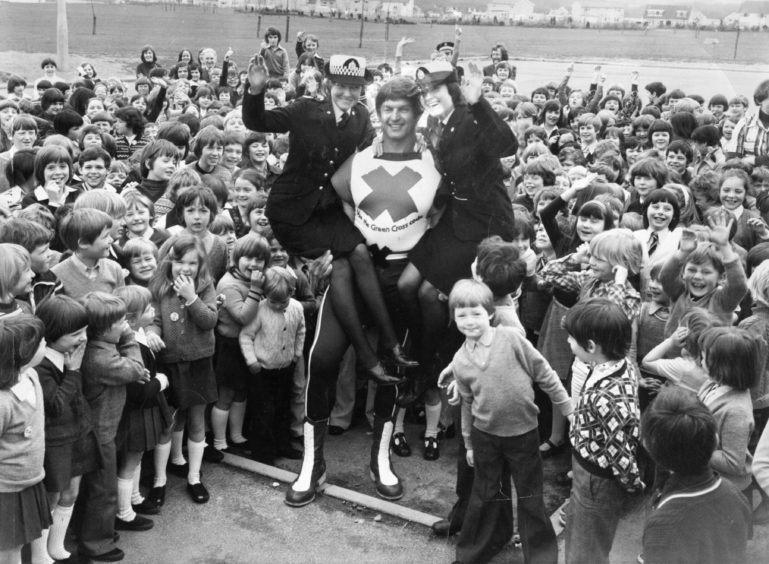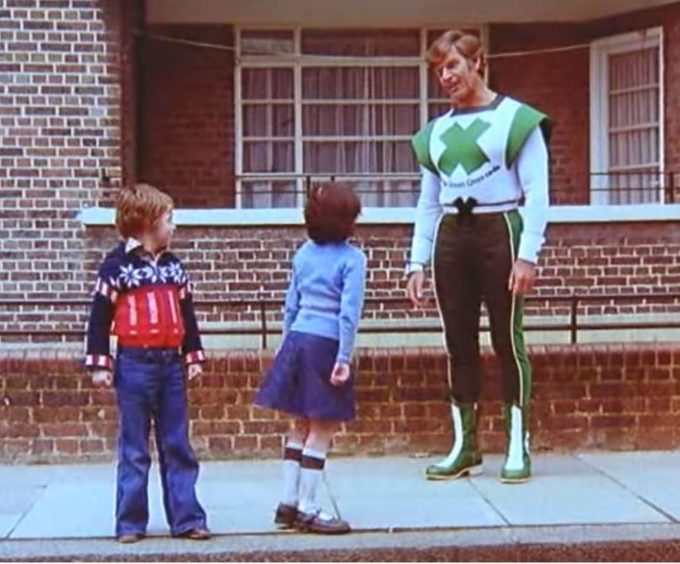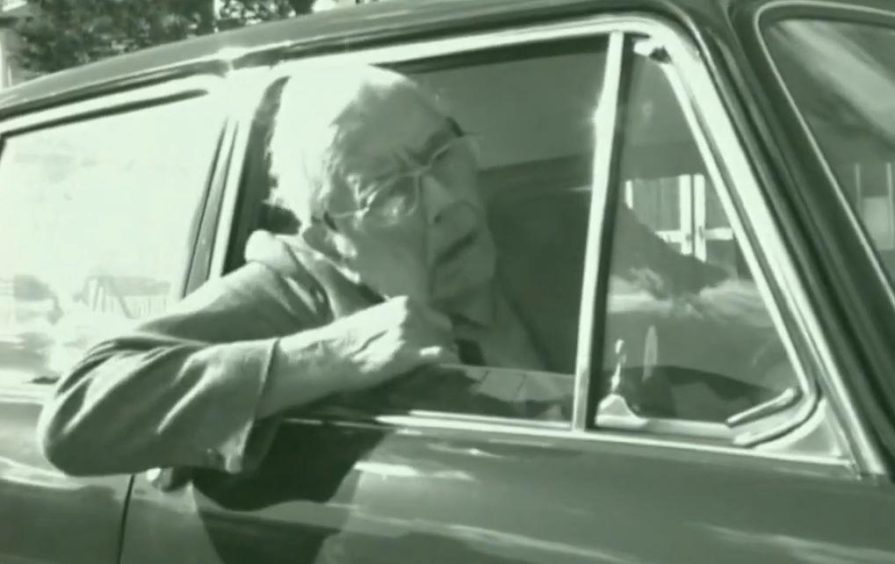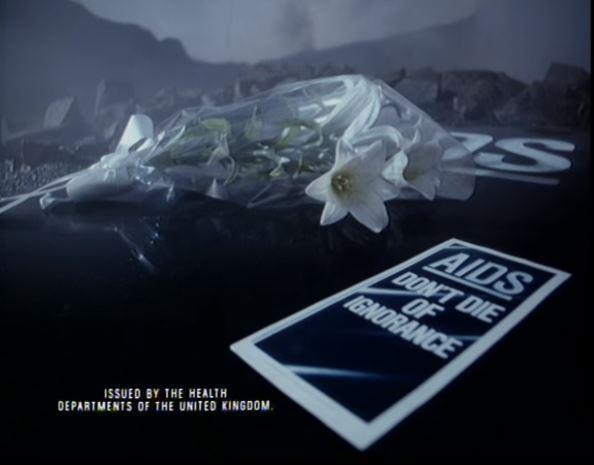All the public information films we are seeing about coronavirus are absolutely vital in helping everyone stay safe…but I can’t help thinking they should have one where Charley says: “wear your mask”.
After all, a generation of us grew up with the cartoon ginger cat warning us about everything from not playing with boxes of matches to staying away from hot stoves. Well, by warned, he would meowl and growl then the boy he hung out with would deliver the message, starting with: “Charley says…”
(For the record Charley was voiced by Kenny Everett).
They were aimed at younger kids. Also aimed at making sure they didn’t get to sleep at night. Check out the one where Charley says not to go with strangers…just as his mate is walking away with a bloke who asked if he wants to see some puppies. That’ll give you nightmares.
But then, that was the point of many of these films aimed at young people. To scare them into being cautious.
Remember the one where the boy’s Frisbee goes into the electricity substation and he goes in to pull it off one of the big conductor things?
Cue screams of “Jimmy!” Tell you what, though, a lot of kids steered well clear of anything with a big lightning bolt and “Danger of death” printed on it after that.
The most terrifying one of the early 70s, though, was the one called “Lonely Water”. A hooded, ghostly wraith hangs about ponds and rivers trying to lure foolish children and “show-offs” into the deadly depths.
No wonder one person involved in its creation said it would “ensure most of the children who watch it will never so much as get into a bath for the rest of their lives.”
A lot of the public information films of the 70s were bleak, full of danger and set in hostile landscapes, a bit of a reflection of the reality of the day, I suppose, with three-day weeks, power cuts and angry, confrontational strikes making life uncertain for the adults, never mind the kids.
It wasn’t all shock and horror, though. Some of these films, mostly made through the Central Office of Information, used humour to get the message across.
Anyone else remember: “Dave’s super, Dave is great, Dave can do anything” followed swiftly by “Meet Mike, he swims like a fish”. Buh-bye Dave. The message, aimed at teenagers, was, “learn to swim, young man, learn to swim”, unless you wanted to “keep losing your birds”. It was the 70s after all.
Then there was the Green Cross Code Man – David Prowse before he pulled on Darth Vader’s helmet and cloak. Cheesetastic, this was a superhero who used his considerable powers to make sure children crossed the road safely. He was a cult figure in his day.
And I’ll bet you still stop, look and listen before you cross. Well, I do. And it did the job of bringing down accident figures. Maybe we need the Green Cross Code Man back – with an added line about take your headphones off and stop looking at your phone.
Not every public information film was aimed at kids. Adults, too, needed a bit of guidance from the government when it came to crossing the road. Just look at the adverts involving a peach being smashed by a hammer as a timely reminder for grown-ups to use crossings and not just wander into moving traffic.
And have you ever put a rug on a polished floor? Of course, not. You might as well put down a mantrap.
Let’s not forget Reginald Molehusband whose parking was so bad buses and lorries would change their routes to avoid him.
Often these public information films were a bit silly, or overwrought. But they did the job. Very much so.
“It is a deadly disease and there is no known cure,” proclaims John Hurt as dark skies loom over a frozen landscape before reaching the memorable – and telling – tagline: “AIDS: Don’t die of ignorance.”
This 40-second advert, created by acclaimed director Nicolas Roeg, is credited with helping reduce the spread of HIV through the UK in the early 80s.
Today, we are back on the forefront of trying to break a virus under control.
Charley says: “Wear a mask, keep your distance, stay safe, save lives.”

